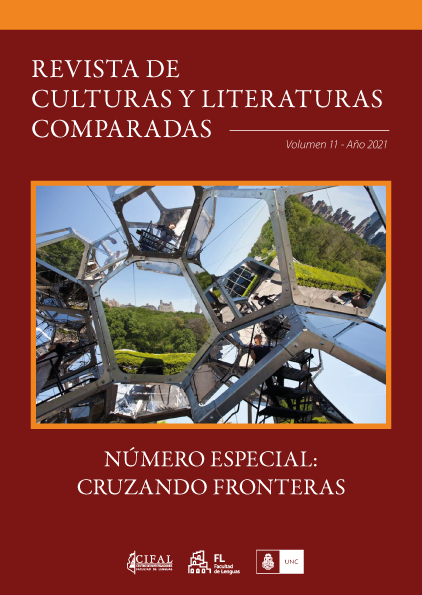Etonne-moi: Cocteau-Satie-Picasso
Palabras clave:
Cocteau, Satie, Picasso, ballet, vanguardiasResumen
Hace un siglo, el 18 de mayo de 1917, subió a escena en el Théâtre du Châtelet de París un espectáculo sorprendente. Se trata de Parade, uno de los clásicos de los Ballets Russes, exitosa compañía dirigida por Serge Diaghilev que reunió en este caso a algunos de los artistas más audaces del momento: el aún joven, pero ya polémico poeta Jean Cocteau; un Erik Satie maduro, pero igualmente revolucionario; y Pablo Picasso, en busca en esos tiempos de un estilo neorrealista que renueve su arte. Superado el shock, es innegable que se trata del primer ballet moderno en su totalidad, que da cuenta de la capacidad experimental y visionaria de las expresiones artísticas residentes en la Ciudad de la Luz y que resultarían un gran estímulo para las incursiones posteriores en el mundo artístico desde todos los puntos de vista, plástico, musical, narrativo y coreográfico. Guillaume Apollinaire lo definió como “une sorte de surréalisme”, acuñando así el término con el que se identificará el movimiento más radical que se haya erigido contra toda realidad canonizada. El objetivo de nuestro trabajo será observar qué volvió único a Parade: su concepción, el proceso para su realización y sus repercusiones, sobre todo las huellas que dejará en la historia de las artes escénicas.
Descargas
Referencias
Bernheim, Cathy. Valentine Hugo. Barcelona: Parcifal Ediciones, 1991.
Cocteau, Jean. Théâtre complet. París: Gallimard, 2003.
Fraigneau, André. Cocteau par lui-même. Paris: Minuit,1969.
Menaker Rothschild. Picasso’s “Parade”. Londres: Sotheby’s Publications, 1991.
Satie, Erik. Sobre música, músicos y otras memorias. Santiago de Chile: La Pollera Ediciones, 2018.
Catálogo de la subasta (Apollinaire, Cocteau y otros) en el Hôtel Drouot –sala 8, jueves 31 de marzo 2011. Bibliorare.com. Web. 14 nov 2018.
Publicado
Número
Sección
Licencia

Esta obra está bajo una licencia internacional Creative Commons Atribución-NoComercial-SinDerivadas 4.0.
Aquellos/as autores/as que tengan publicaciones con esta revista, aceptan los términos siguientes:
a) Los/as autores/as conservarán sus derechos de autor y garantizarán a la revista el derecho de primera publicación de su obra, el cual estará simultáneamente sujeto a la Licencia de reconocimiento de Creative Commons.
b) La cesión de derechos no exclusivos implica que la publicación de los artículos en la presente revista no quita la posibilidad o el derecho al autor/a de publicar su obra de manera posterior en otras revistas u órganos editoriales y la autorización por parte de los/as autores/as para que el trabajo sea depositado en los repositorios institucionales, tales como el Portal de Revistas de la Universidad Nacional de Córdoba.



